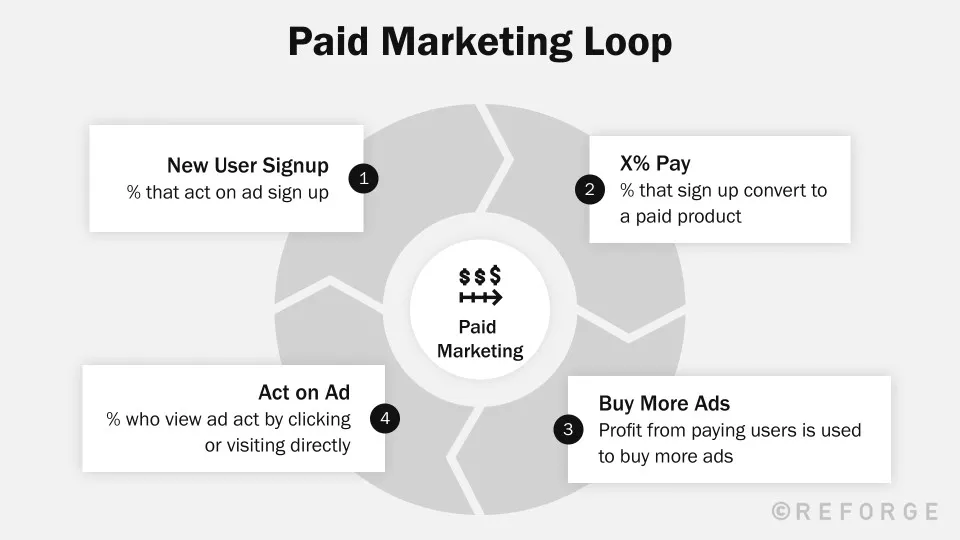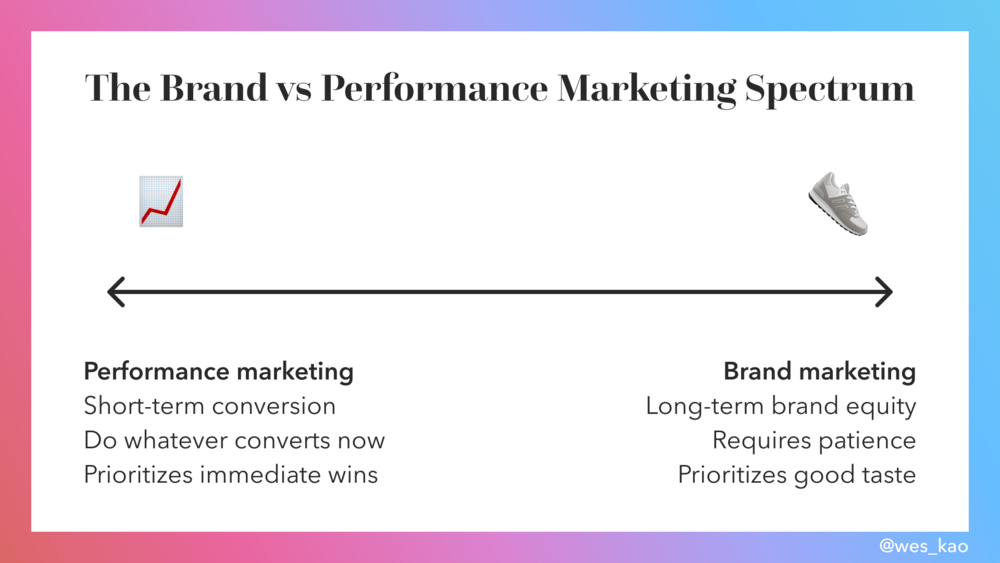by Belle Wong for The Hartford In recent months, ChatGPT has shown the world how far artificial intelligence (AI) has come. But as AI developers and software companies release more and more AI tools on a near-daily basis, it can be challenging to know which tools are worth it for your small business. It’s worth digging deeper to learn more about the options available. By harnessing the power of AI, you can potentially compete with big businesses. Keep reading to learn more about the AI tools that can help take your business to the next level and beyond. 1. Chatbots Customers want…
Boost Your Small Business With These Must-Have AI Tools









